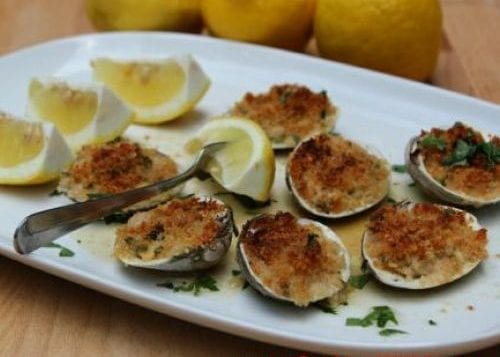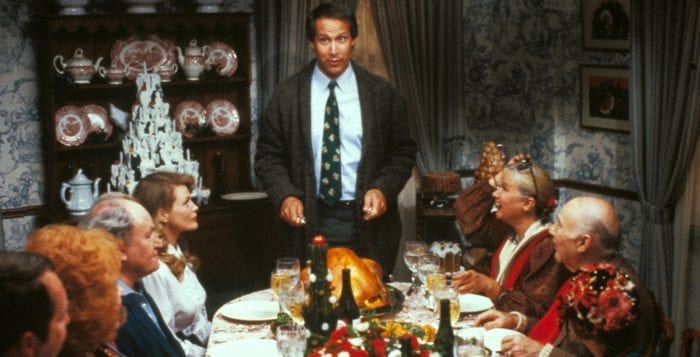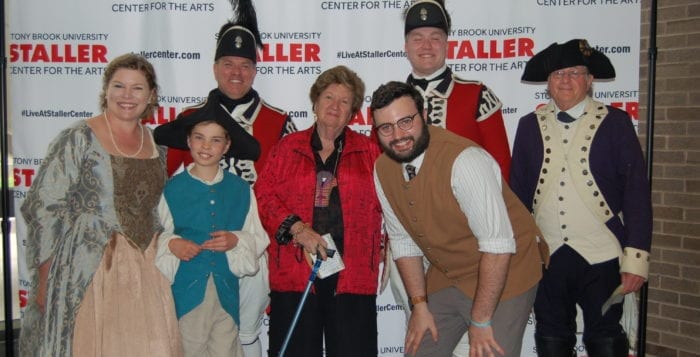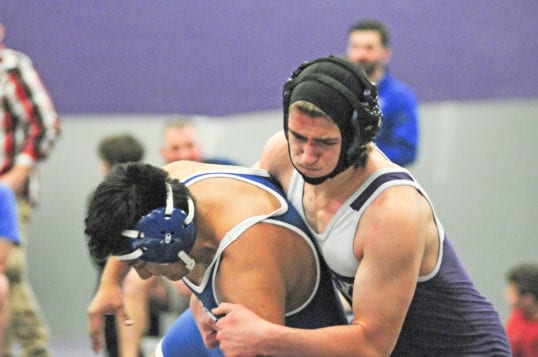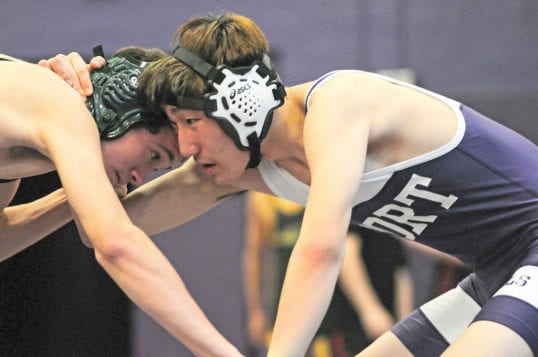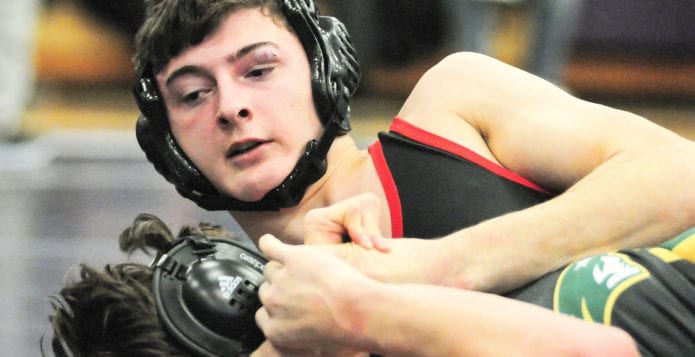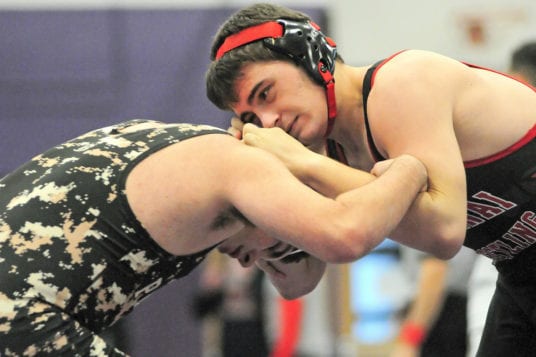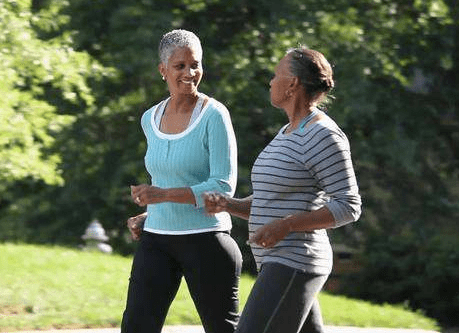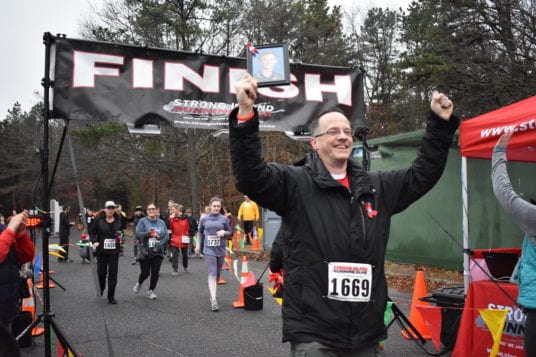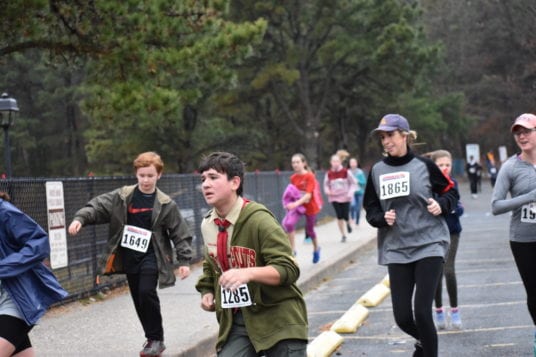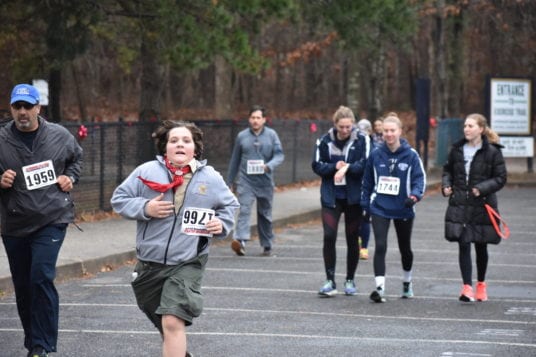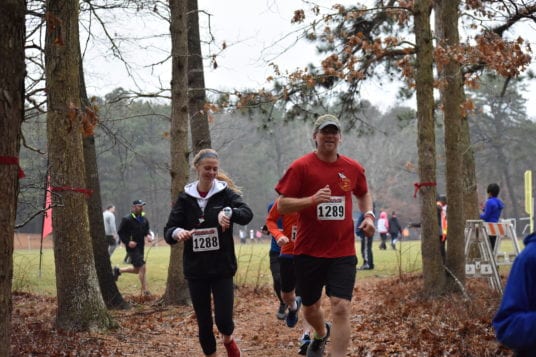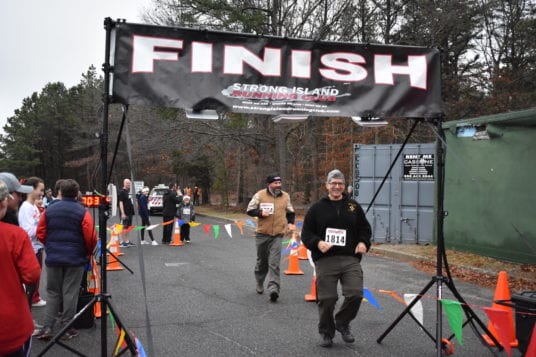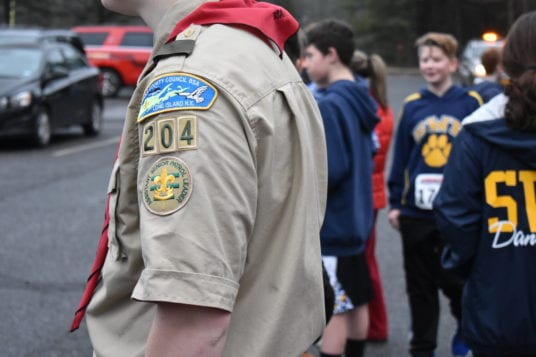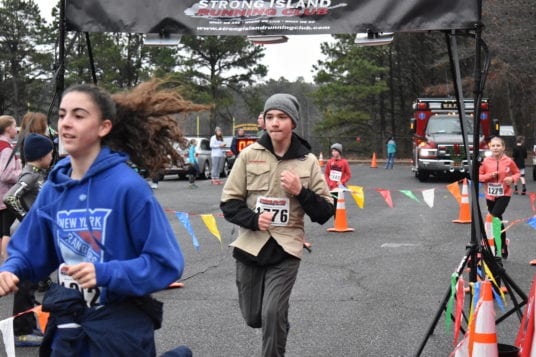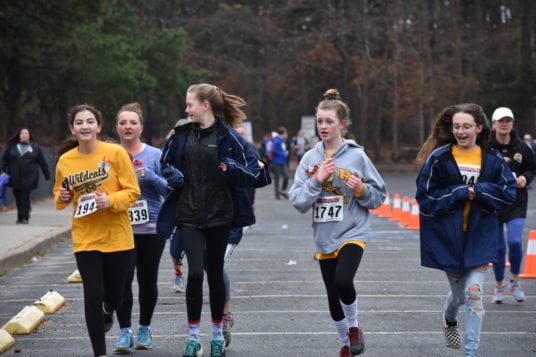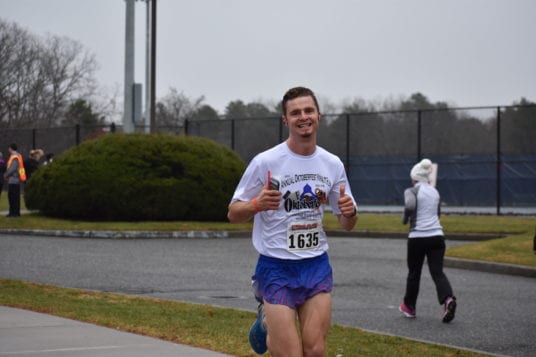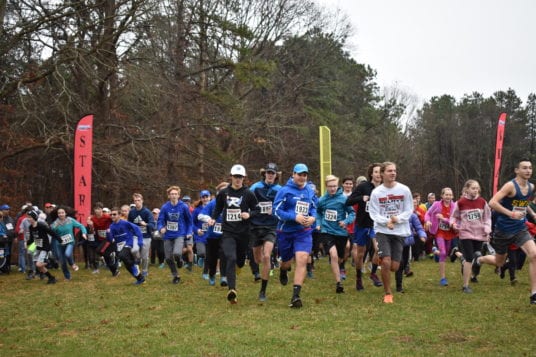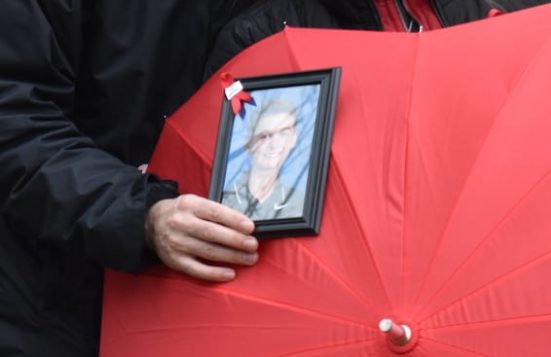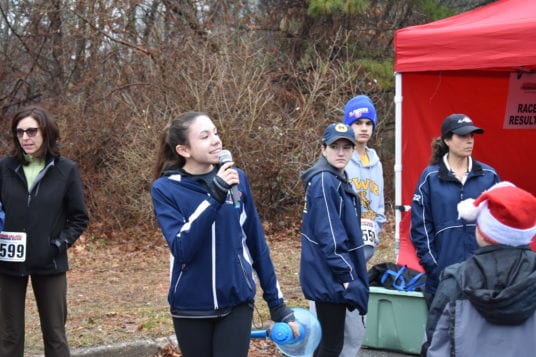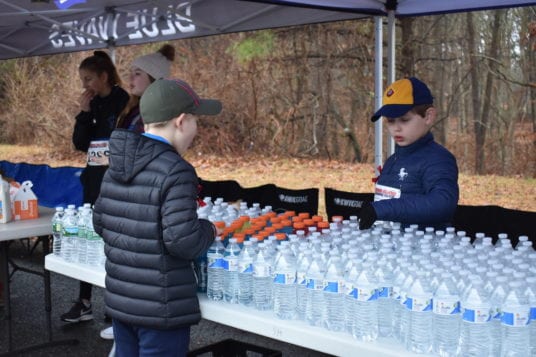By Barbara Beltrami
At this time of year, I love to ask any Italian-Americans I know what they are cooking for Christmas Eve because so many of them celebrate it with a grand meal that includes seven or more different kinds of fish, a custom most sources attribute to the Roman Catholic tradition of the fasting vigil awaiting the midnight birth of Jesus.
What I enjoy about the answers I get is the incredible variety of fish courses that each family considers the absolutely inviolable menu. The only constant, as far as I can tell, is baccala, or salt-cured cod, and from there the meal proceeds on to a pasta, usually with some sort of seafood sauce, clams, shrimp, something fried and, in many extravagant cases, finally lobster.
If you think of Christmas Eve as a special night or occasion, if you like fish, if you like Italian food, then by all means use these recipes and others or get yourself invited to one of these hours long repasts that surely is not just one of the highlights of the holiday but also one of the best Italian-American culinary traditions.
Baccala (Dry Salted Cod)
YIELD: Makes 4 to 6 servings.
INGREDIENTS:
1 pound dry salted cod, cut into 3-inch pieces
1/3 cup olive oil
2 large onions, coarsely chopped
3 pounds potatoes, scrubbed and coarsely chopped
One 28-ounce can diced tomatoes with juice
2 tablespoons capers, rinsed and drained
1 tablespoon fresh oregano or 1 teaspoon dried
½ cup chopped fresh parsley
1 garlic clove, minced
1½ teaspoons hot red pepper flakes
DIRECTIONS:
Changing the water at least 6 times, soak the cod in a bowl or pan of cold water for 24 hours in a cool place. Taste a piece to determine if it is too salty. If it is, soak longer. In a large pot heat oil, add onions and cook, stirring occasionally, until soft and translucent. Add potatoes and stirring frequently, cook until golden brown. Add 3½ cups water to pan and bring to a boil; reduce heat, cover and cook 5 minutes. Uncover pot, add tomatoes, capers, oregano, parsley, garlic and pepper flakes; stir; gently lay cod on top, cover pan and carefully turning fish once midway through, simmer until it is cooked through, about 30 minutes. Serve hot, warm or at room temperature with garlic bread and black or green Italian olives.
Spaghetti with Anchovy Sauce
YIELD: Makes 4 to 6 servings.
INGREDIENTS:
1 pound spaghetti
½ cup extra virgin olive oil
4 garlic cloves, minced
4 to 6 salted or oil-packed anchovies, rinsed
½ teaspoon hot red pepper flakes
DIRECTIONS:
Cook spaghetti according to package directions, reserving ½ to 1 cup of pasta water. Meanwhile, in a small skillet combine oil and garlic and cook over low heat until garlic is softened but not browned. Add anchovies and with a fork, mash well; add pepper flakes, stir and cook 2 to 3 minutes. Set aside to keep warm, then toss with cooked spaghetti, adding some of the pasta water if too dry. Serve hot or warm with a well-chilled dry white wine and breadsticks.
Baked Stuffed Clams
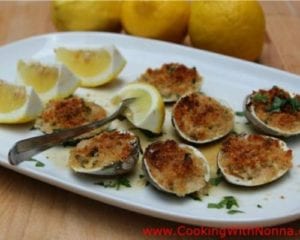
YIELD: Makes 4 to 6 servings.
INGREDIENTS:
2 cups bread crumbs, seasoned with coarse salt and freshly ground black pepper to taste
1/3 cup extra virgin olive oil
2 garlic cloves, minced
½ cup chopped fresh Italian parsley
Freshly squeezed juice of one lemon
24 cherrystone or littleneck clams, scrubbed and opened, top shell discarded
2 cups clam juice
2 lemons cut into wedges
DIRECTIONS:
Preheat oven to 400 F. In a medium bowl combine bread crumbs with salt and pepper; then add oil, garlic, parsley and lemon juice. Place clams in nonreactive baking pan and carefully pack about two teaspoons of bread crumb mixture on top of each one, Being careful not to wash away bread crumbs, pour clam juice around clams. Bake 15 to 20 minutes, until bread crumb mixture starts to brown. Remove from oven, drizzle a little of cooking liquid over them and serve hot with lemon wedges and prosecco.

